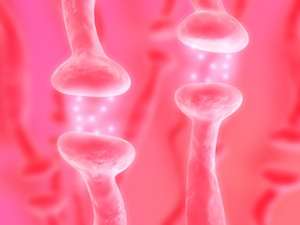
NIDA scientists have identified new complexities within the brain’s reward circuitry that involves two major chemicals involved in drug addiction -- dopamine and glutamate. Researchers used rodent models to better understand a specific brain circuit where dopamine and glutamate are both released from the same brain cells. They found that dopamine and glutamate were typically stored separately from one another and released from different synapses of the nerve cell. This finding reveals a greater layer of complexity in signaling within brain reward circuits than had previously been recognized.
Deficits in brain reward pathways can produce an inability to derive pleasure from natural stimuli, causing the substance user to focus on obtaining the drug at the expense of work, school, or relationships. Because dysfunctional processing of natural reward is also involved in a variety of mood disorders, a better understanding of these circuits could also have implications for other mental health conditions – including depression.
For a copy of the article, published in Nature Neuroscience, go to: http://www.nature.com/neuro/journal/vaop/ncurrent/full/nn.3945.html. To learn more about research being conducted at NIDA in this area, go to: http://irp.drugabuse.gov/Morales.php.
